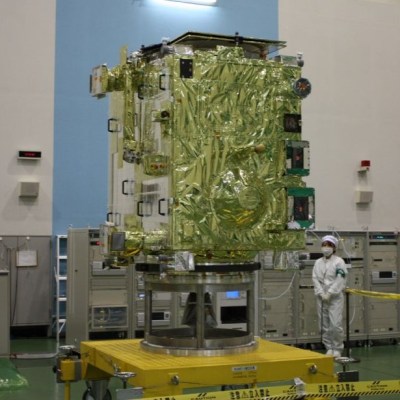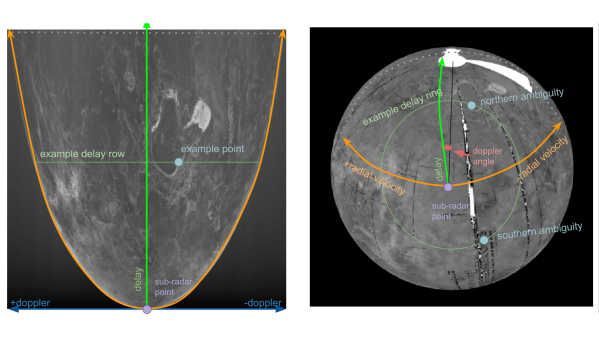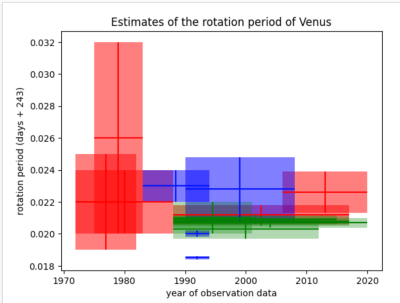Japan’s Venus Climate Orbiter Akatsuki was launched on May 21, 2010, and started its active mission in 2015 after an initial orbital insertion failure. Since that time, Akatsuki has continuously observed Venus from orbit until issues began to crop up in 2024 when contact was lost in April of that year due to attitude control issues. Japan’s space agency, JAXA, has now announced that the mission has officially ended on September 18, 2025, after a period of trying to coax the spacecraft back into some level of functionality again.

The Akatsuki spacecraft had six instruments, consisting of cameras covering the visible spectrum, ultraviolet and infrared spectra, as well as an oscillator for radio occultation experiments.
All primary mission goals were successfully completed in April of 2018, but engineers determined Akatsuki was capable of lasting at least another few years. This puts it well past its original design lifespan, and has provided us with much more scientific data than we could have hoped for.
Unfortunately, the shutdown of Akatsuki represents the end of the last active Venus mission, with much uncertainty surrounding any potential upcoming mission to Earth’s near-twin planet. The next potential mission is the Venus Life Finder, as an atmospheric mission penciled in for a 2026 launch. It would take at least until 2028 for a potential orbiter mission to launch, so for the foreseeable future Venus will be left alone, without its artificial moon that has kept it company for a decade.

















